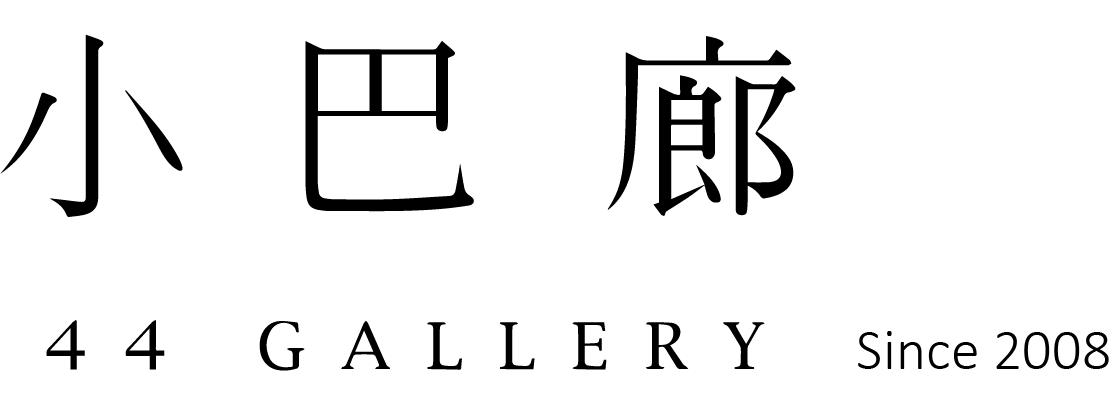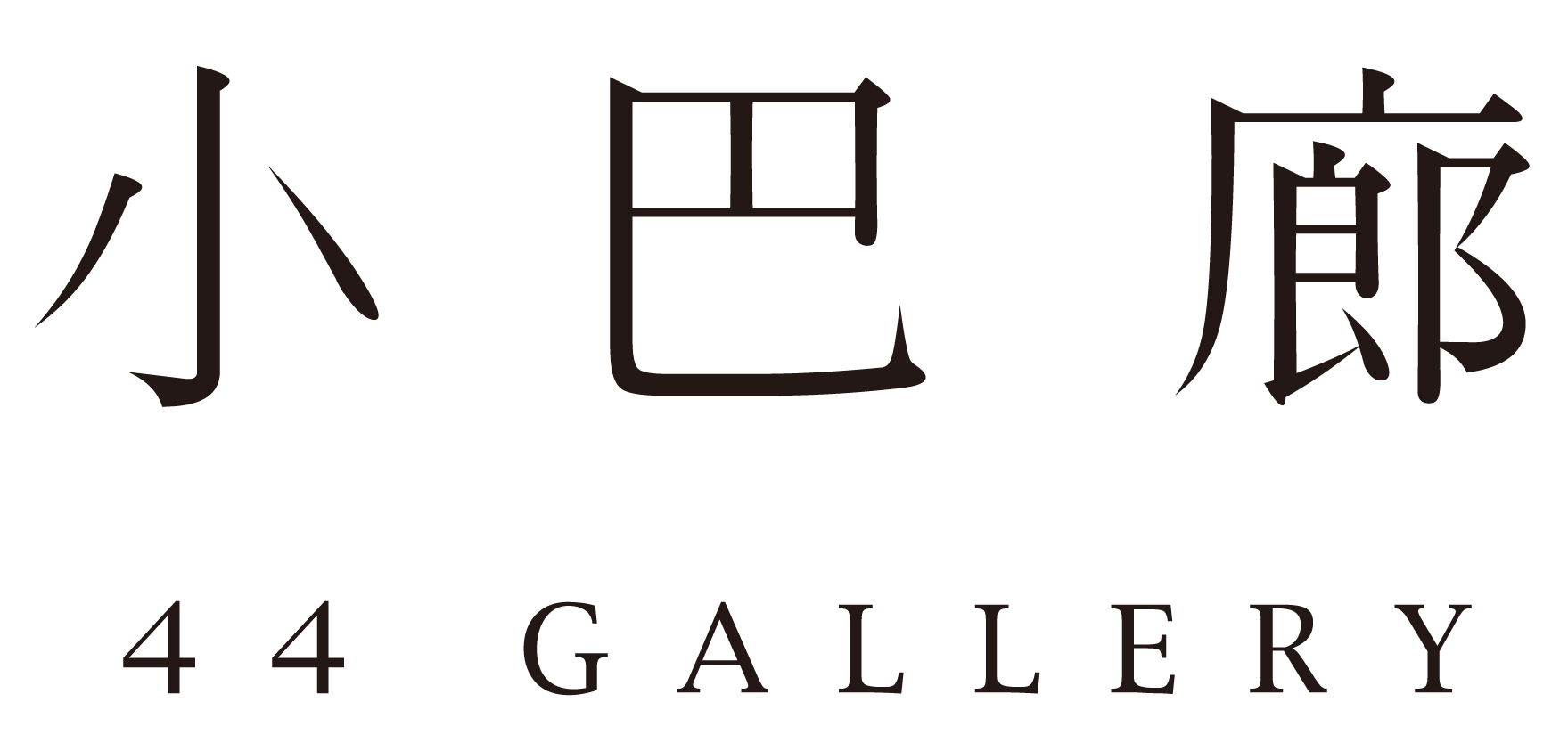『 CRISS-CROSS 』 小巴廊 x 張騰遠 合作展
2015.4.4 - 5.2
小巴廊與當代藝術家合作展 / 部落藝術與當代藝術的相遇
『 CRISS-CROSS 』
小巴廊 x 張騰遠
展期 2015 4/4 - 2015 5/2
時間 週一 ~ 週六: 11:00 - 19:00
Opening 4/4 Sat. 3pm (開幕茶會)
台北市建國南路一段202號.
捷運:忠孝新生站3號出口.步行5分鐘.
近建國南路與濟南路口.
處於20世紀的藝術大師,畢卡索.布朗庫西.馬諦斯等..受到部落藝術的啟發,在作品中轉化為另一種的可能…
處於2015年的當代藝術家張騰遠又會從部落藝術中,激發出什麼樣的靈感,透過鸚鵡人的角度,又會碰撞出什麼樣的火花呢.....
張騰遠
如果放大再放大生命的時間軸,鸚鵡人和小巴廊,就像是兩段特定的時空,在一個點上交錯,並發生變化。 這三年之間,我以假設性的未來考古為主要概念,發展鸚鵡人地球考古系列(Earth Archeology),透過對未來末日的想像,思考當代社會的各種現象。 想像在千萬年後,地球上什麼事情依然存在並有效?當代高價的藝術品是否還是“高價“?現在覺得開心的事情,千萬年後還有著同樣情緒?是否真的有恆久不變的事物? 外星文明鸚鵡人,在地球末日千萬年後,來到地球進行考古。鸚鵡人靠著考古期間挖掘到的各種遺跡,研究並判斷地球的文明樣貌。在我的設定中,我刻意以鸚鵡作為主要角色,是因為鸚鵡會學人的語言聲音,但他們並不是完全地了解所模仿語言的意思,具有誤解的象徵。因此,鸚鵡人在地球考古的過程中,除了觀察之外,也靠著模仿來解讀(誤讀)地球人各種行為的意義,而我也靠著鸚鵡人不斷地誤解,來標注出各種我認為有趣又荒謬的當代現象。 這次的小巴廊的聯名合作展,就像是兩段特定的考古時空,在一個點上交錯,並發生變化。鸚鵡人在未來考古,研究“以前(即我們的當下)“,小巴廊的部落藝術收藏,像是當下考古過往。當這兩段時空的作品,交錯相會在同一時空,即產生互相對話,相互詮釋的機會。 又或許,我們在大螺旋狀的前進過程中相會了,在互相影響並產生變化之後,又繼續往各自的螺旋方向前進。
小巴廊
創立於2007年的小巴廊,致力推廣部落藝術和尋找與藝術對話的可能性。
小巴廊藉由不同主題的部落藝術展,來多面向的呈現這個藝術領域。
部落藝術( Tribal Art) 在亞洲是非常少見的領域,但在歐美國家卻已經成形有百年以上的歷史。
受到先前於北美館展出的《帕克特 x 藝術家─220件合作計畫》所啟發,期待透過藝術家合作的可能性,產生更多面向的藝術角度。
這次邀請到當代藝術家張騰遠,以不同於現代的思維,透過虛擬的鸚鵡人來表達對於生活周遭或是對於當代藝術的看法。期待這次的合作展,藝術家張騰遠會以什麼角度來看部落藝術,或是帶給他什麼不同的想法, 希望能在兩個不同的藝術領域—當代藝術與部落藝術之交集中,互相挖掘對方的極大可能。
Collaboration with Contemporary artists / When Tribal art meets Contemporary art
In the 20th century, modern masters such as Picasso, Brâncuși, and Matisse drew inspiration from tribal art, transforming its essence into new artistic possibilities. In 2015, contemporary artist Chang Teng-Yuan embarks on a similar journey—seeking inspiration from tribal art but through the perspective of the Parrot People, creating an artistic collision of time, space, and imagination.
If we magnify the timeline of existence, the Parrot People and Xiao Bar Lang become two distinct temporal fragments, intersecting at a single point and generating new transformations.
Key Questions in Earth Archaeology:
In this speculative future, an alien civilization—the Parrot People—arrives on Earth millions of years after its downfall to conduct archaeological research. They analyze human civilization through excavated artifacts, attempting to reconstruct Earth's past.
The choice of parrots as the central figures is deliberate. Parrots mimic human speech but do not fully comprehend its meaning, making them symbols of misinterpretation. Thus, as the Parrot People unearth Earth's remains, they do not merely observe but also mimic and misinterpret human behavior. Through these misreadings, Chang Teng-Yuan playfully highlights the absurdities of contemporary society.
When these two timelines intertwine, they create an unexpected dialogue—a reinterpretation of art, history, and meaning across time.
Perhaps, in the vast spiral of time, we meet at this intersection, briefly influencing each other before continuing on our own spiraling trajectories—ever-evolving, ever-transforming.
小巴廊 x 張騰遠
展期 2015 4/4 - 2015 5/2
時間 週一 ~ 週六: 11:00 - 19:00
Opening 4/4 Sat. 3pm (開幕茶會)
台北市建國南路一段202號.
捷運:忠孝新生站3號出口.步行5分鐘.
近建國南路與濟南路口.
處於20世紀的藝術大師,畢卡索.布朗庫西.馬諦斯等..受到部落藝術的啟發,在作品中轉化為另一種的可能…
處於2015年的當代藝術家張騰遠又會從部落藝術中,激發出什麼樣的靈感,透過鸚鵡人的角度,又會碰撞出什麼樣的火花呢.....
張騰遠
如果放大再放大生命的時間軸,鸚鵡人和小巴廊,就像是兩段特定的時空,在一個點上交錯,並發生變化。 這三年之間,我以假設性的未來考古為主要概念,發展鸚鵡人地球考古系列(Earth Archeology),透過對未來末日的想像,思考當代社會的各種現象。 想像在千萬年後,地球上什麼事情依然存在並有效?當代高價的藝術品是否還是“高價“?現在覺得開心的事情,千萬年後還有著同樣情緒?是否真的有恆久不變的事物? 外星文明鸚鵡人,在地球末日千萬年後,來到地球進行考古。鸚鵡人靠著考古期間挖掘到的各種遺跡,研究並判斷地球的文明樣貌。在我的設定中,我刻意以鸚鵡作為主要角色,是因為鸚鵡會學人的語言聲音,但他們並不是完全地了解所模仿語言的意思,具有誤解的象徵。因此,鸚鵡人在地球考古的過程中,除了觀察之外,也靠著模仿來解讀(誤讀)地球人各種行為的意義,而我也靠著鸚鵡人不斷地誤解,來標注出各種我認為有趣又荒謬的當代現象。 這次的小巴廊的聯名合作展,就像是兩段特定的考古時空,在一個點上交錯,並發生變化。鸚鵡人在未來考古,研究“以前(即我們的當下)“,小巴廊的部落藝術收藏,像是當下考古過往。當這兩段時空的作品,交錯相會在同一時空,即產生互相對話,相互詮釋的機會。 又或許,我們在大螺旋狀的前進過程中相會了,在互相影響並產生變化之後,又繼續往各自的螺旋方向前進。
小巴廊
創立於2007年的小巴廊,致力推廣部落藝術和尋找與藝術對話的可能性。
小巴廊藉由不同主題的部落藝術展,來多面向的呈現這個藝術領域。
部落藝術( Tribal Art) 在亞洲是非常少見的領域,但在歐美國家卻已經成形有百年以上的歷史。
受到先前於北美館展出的《帕克特 x 藝術家─220件合作計畫》所啟發,期待透過藝術家合作的可能性,產生更多面向的藝術角度。
這次邀請到當代藝術家張騰遠,以不同於現代的思維,透過虛擬的鸚鵡人來表達對於生活周遭或是對於當代藝術的看法。期待這次的合作展,藝術家張騰遠會以什麼角度來看部落藝術,或是帶給他什麼不同的想法, 希望能在兩個不同的藝術領域—當代藝術與部落藝術之交集中,互相挖掘對方的極大可能。
Collaboration with Contemporary artists / When Tribal art meets Contemporary art
In the 20th century, modern masters such as Picasso, Brâncuși, and Matisse drew inspiration from tribal art, transforming its essence into new artistic possibilities. In 2015, contemporary artist Chang Teng-Yuan embarks on a similar journey—seeking inspiration from tribal art but through the perspective of the Parrot People, creating an artistic collision of time, space, and imagination.
If we magnify the timeline of existence, the Parrot People and Xiao Bar Lang become two distinct temporal fragments, intersecting at a single point and generating new transformations.
The Parrot People’s Earth Archaeology
Over the past three years, Chang Teng-Yuan has developed the "Earth Archaeology" series, centered on a hypothetical future archaeology that envisions a post-apocalyptic Earth. Through this imagined future, he reflects on contemporary social phenomena.Key Questions in Earth Archaeology:
- What remains and still holds meaning after millions of years?
- Would today’s high-priced art still be considered “valuable”?
- Would the emotions we cherish today still resonate in a distant future?
- Is there anything truly eternal?
In this speculative future, an alien civilization—the Parrot People—arrives on Earth millions of years after its downfall to conduct archaeological research. They analyze human civilization through excavated artifacts, attempting to reconstruct Earth's past.
The choice of parrots as the central figures is deliberate. Parrots mimic human speech but do not fully comprehend its meaning, making them symbols of misinterpretation. Thus, as the Parrot People unearth Earth's remains, they do not merely observe but also mimic and misinterpret human behavior. Through these misreadings, Chang Teng-Yuan playfully highlights the absurdities of contemporary society.
The Intersection of Two Temporal Strands
The collaboration between Xiao Bar Lang and Chang Teng-Yuan is like two distinct layers of archaeology converging in the present.- The Parrot People excavate the past (which is our present), questioning and reconstructing its meaning.
- Xiao Bar Lang’s tribal art collection represents an archaeology of the past in our present.
When these two timelines intertwine, they create an unexpected dialogue—a reinterpretation of art, history, and meaning across time.
Perhaps, in the vast spiral of time, we meet at this intersection, briefly influencing each other before continuing on our own spiraling trajectories—ever-evolving, ever-transforming.
藝術家 張騰遠
︎ PROFILE / ARTWORKS


